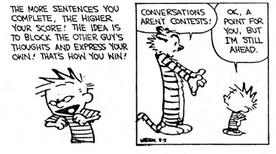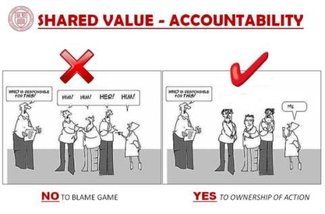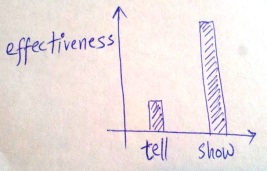Hand cleaning is such a simple, but absolutely critical behavior for proper hygiene and health. The laminated sheet had simple illustrations, sequenced steps, duration of time to do certain steps, and described a different technique when using an alcohol-based product compared to soap and water. It was a great example of using visual content to help clarify desired behaviors.
While we continued to wait for the doctor, I wondered why this technique is widely used in business for technical instructions and operational processes but rarely to clarify key, desired cultural behaviors. Especially since research findings continue to reinforce the power of visual content. For
- 90% of information transmitted to the brain is visual
- The human brain processes visuals 60,000 times faster than text
- 65% of us are visual learners, according to the Social Science Research Network
- People following directions with text and illustrations do 323% better than people following only text
1. What percentage of your overall organizational values communications are clarified through visual illustrations compared to text?
The major challenge with values is few, if any, would debate them. No one would say integrity isn’t important, customer focus drives repeat business, or teamwork increases efficiency. BUT, here’s the catch – everyone would say their behaviors consistently support the organization’s values but they see others who do not. Do our text descriptions alone provide enough clarity?






 RSS Feed
RSS Feed


